If your local TV news station were to drop by – unannounced – to do a story about you and your business, would you be prepared? What about your local newspaper? Could you make a great impression to the community as they interview you with cameras flashing? Would you be proud of your shop? Your staff? Yourself?
Impressions are made in an instant. It doesn’t matter whether it is a TV news crew, reporter, or client. If you are open for business, you need to be prepared to be splashed across the screen or featured on the front page of your local newspaper.
Be honest. Can you proudly flaunt your business, even if the local media showed up without notice?
If you shudder at the thought, you need to take the steps necessary to create a professional image. You want to create a lasting, positive impression on your clients – and prospective clients.
It takes less than 30 seconds for people to form an opinion about you and your business. Don’t forget, we’re not just talking about what the client sees, but what they smell and hear.
I’ve been in this industry over 30 years with multiple businesses and this has happened many times. If there is a slow news day, nothing can fill the space better than our furry friends! I make sure that my companies understand that cleanliness and professional appearance are a top priority. They need to be prepared and ready to be front page news – at all times. You never know when an opportunity to shine will present itself.
As pet care ambassadors, it our job to groom pets but also our job to present a professional image for our industry. We cannot afford to look like we just rolled out of bed. Take a moment each day to put yourself together so that you would be proud to be featured in your local media.
I don’t know any successful person who doesn’t sweat the details. Being impeccable, both personally and in your work space, shows the client that you care about yourself. The message you are sending out is that you are confident with your skills. That you are successful. That you respect yourself enough to do the same for them – and for their pet. It also shows that you care about your client.
I know it can get tiring to dress up a little every day. However, our clients are entrusting us with the care of their pets. Like it or hate it, you can easily influence their trust by simply changing the way you look when you greet your clients. Think of yourself as your own brand. Don’t you want your product to be consistent and look great? Of course! And your clients are looking for that, too.
A neat, well-groomed appearance is essential when it comes to professionalism in this industry. You need to dress in a way that attracts clientele.
Come to work each day looking crisp, clean, and pulled together. Blue jeans, sweat pants, and athletic shorts ARE NOT professional attire! They don’t inspire confidence. Black, white, or khaki slacks work well. Longer skirts are great for women in warmer climates. Conservative shorts or Capri’s may work for your environment, as well. Matching grooming pants are also nice. I’ve even seen dressy leggings work when paired with an over-sized, long, top or smock. Look for clothing that is not prone to wrinkling or be prepared to learn how to iron!
Today, there are many options for hair-repelling garments. There are all types of tops and bottoms in a wide variety of styles. If you work in a salon with a dress code, this may be easier. If not, have some fun with the pet styling fashions that are available. It may even be a good idea to keep an extra outfit or smock around the shop as a back-up. If you get drenched or messy, a quick change will instantly boost your comfort level and mood.
Consider the color of your outfit, as well. If your logo is blue, you may want to consider this your brand color and wear it everyday. It will make you instantly recognizable to your clients.
Remember, low-cut tops and short-shorts are never appropriate. If you have shorts that are too short or a top that is too revealing (especially when you are squatting down to pick up a dog), it just doesn’t look professional. Muscle shirts and shirts with the sleeves cut off don’t make the grade, either.
Being professional means speaking, behaving, and dressing in a manner that tells people you are qualified to do the job. If your appearance causes anyone to doubt – even for a second – that you don’t know what you’re doing, you could lose their business before they even see your work.
 Proper hygiene is also crucial. It should go unsaid, but being clean and odor-free is a must. There is nothing more offensive – and embarrassing – than personal body odor. The famous motivational speaker Zig Ziglar, noted, “People often say that motivation doesn’t last. Well, neither does bathing – that’s why we recommend it daily.” Nothing could be more true!
Proper hygiene is also crucial. It should go unsaid, but being clean and odor-free is a must. There is nothing more offensive – and embarrassing – than personal body odor. The famous motivational speaker Zig Ziglar, noted, “People often say that motivation doesn’t last. Well, neither does bathing – that’s why we recommend it daily.” Nothing could be more true!
Your own hair needs to be clean and neatly styled. If your hair is long, tie it back and away from your face. As your work with clippers or shears, you don’t want to be trimming a lock of your own hair as you scissor that leg. I hate to think of how many people with long hair have caught their tresses in the spinning grinder as they worked. Ouch! Or worse yet, drag it through anal gland expressions, defecation, or urine.
Having a touch of jewelry is a nice finishing touch. Done well, it always reflects positively. However, just like with fragrance – go light. A few simple rings. A durable watch (and you always need to know the time!!). If your ears are pierced – stick with super simple earrings – something a dog can’t accidentally catch in a paw, ripping your ear lobe. If you opt for a necklace, keep it tasteful. Don’t be in love with it. Dogs will catch it in their paws and break it, eventually. The same thing with is true with bracelets.
Having well-groomed fingernails is what I consider a bonus. Working with dirty dogs and trimming toenails lends itself to dirty fingernails – even if you do a lot of bathing. Trimming Poodle feet has a tendency chip fingernails. Personally, I liked to keep my nails painted. Painted fingernails will hide all sorts of flaws. Unfortunately, when you do a lot of bathing, standard nail polish has a tendency to peel off quickly – sometimes in as little as one day. My solution was to have my fingernails professionally done every two weeks. Both acrylic and shellac nail applications seem hold up well to the abuse groomers put their hands through. Ragged nails on women or men can be easily tidied up. When you give the pet to the owner, their eyes are naturally drawn to your fingers as you hand over the leash. Wouldn’t filed nails make a great impression? Plus, it gives you a little time to pamper your most valuable asset – YOUR HANDS!
Pay attention to the details. Judy Hudson is one our popular Learn2GroomDogs.com Training Partners. In her video, What I Know For Sure, she shares this tip: “It doesn’t cost a lot to be clean. It doesn’t cost a lot of money to be neat and tidy. All it takes is a little elbow grease.”
The next time your local news company calls for an interview, you’re going to have the confidence to greet them at the door even if you only have a few moments notice before they arrive. When your image is splashed across the TV screen, you’re going to be proud of what you see – and your clients and prospective clients will be impressed.
There is no amount of marketing dollars that can buy free publicity. Are you ready for the media to show up on YOUR doorstep?
Happy Trimming!
~ Melissa
>P.S.
You never know when the media will knock on your door! Has this ever happened to you? Go online and tell us about it on the Learn2GroomDogs Facebook page.




 Over the years I’ve had the opportunity to work with all types of professional groomers and stylists. I have seen some of the most talented pet stylists struggle to maintain a healthy clientele. Even if they were passionate about their trade, maintaining a robust clientele and growing a business just wasn’t in the cards for them. At the same time, I have seen mediocre groomers grow an amazing repeat client base that keeps their appointment book overflowing.
Over the years I’ve had the opportunity to work with all types of professional groomers and stylists. I have seen some of the most talented pet stylists struggle to maintain a healthy clientele. Even if they were passionate about their trade, maintaining a robust clientele and growing a business just wasn’t in the cards for them. At the same time, I have seen mediocre groomers grow an amazing repeat client base that keeps their appointment book overflowing. In a service-based business like pet grooming, having a highly personalized team of people handle your clientele is the key to a thriving business. Technical skills will only take you so far. Being able to win over the trust and hearts of your clientele is the real key to a successful grooming business.
In a service-based business like pet grooming, having a highly personalized team of people handle your clientele is the key to a thriving business. Technical skills will only take you so far. Being able to win over the trust and hearts of your clientele is the real key to a successful grooming business. from happening? How do you keep your job fresh? Fun? Rewarding?
from happening? How do you keep your job fresh? Fun? Rewarding? Here is the rating scale I’ve used to rate a dog’s (or cat’s) personality.
Here is the rating scale I’ve used to rate a dog’s (or cat’s) personality. This one can be a little tricky. If they are just mildly annoying, deal with it professionally but don’t put any more effort into the client than needed to keep them at bay. If they are rude and nasty, most likely they are just that way all the time – that’s how they go through life. I would do a great job for them, just like with any other client, but I would not go out of my way to do anything “special.”
This one can be a little tricky. If they are just mildly annoying, deal with it professionally but don’t put any more effort into the client than needed to keep them at bay. If they are rude and nasty, most likely they are just that way all the time – that’s how they go through life. I would do a great job for them, just like with any other client, but I would not go out of my way to do anything “special.” Strike one: we let them off with a mild warning.
Strike one: we let them off with a mild warning.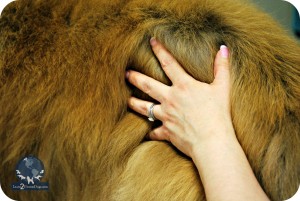


 “I have a (insert breed here). Do you know how to groom them correctly?”
“I have a (insert breed here). Do you know how to groom them correctly?” The Internet is an invaluable research tool. Use it wisely. Most breeds will have a parent club that hosts an official site for the breed. Spend a few minutes reviewing images of top winning dogs in their galleries. With a little luck, you may even find grooming directions or links to grooming directions from dedicated breeders.
The Internet is an invaluable research tool. Use it wisely. Most breeds will have a parent club that hosts an official site for the breed. Spend a few minutes reviewing images of top winning dogs in their galleries. With a little luck, you may even find grooming directions or links to grooming directions from dedicated breeders.
 As pet groomers and stylists, we get to see plenty of dogs. It’s rare and exciting to get a breed you are not familiar with. Most of us pros enjoy the challenge of learning about a new breed. Figuring out what we will need to do to make the dog look like it should – or could – look like if the owners allow you to groom it correctly.
As pet groomers and stylists, we get to see plenty of dogs. It’s rare and exciting to get a breed you are not familiar with. Most of us pros enjoy the challenge of learning about a new breed. Figuring out what we will need to do to make the dog look like it should – or could – look like if the owners allow you to groom it correctly.
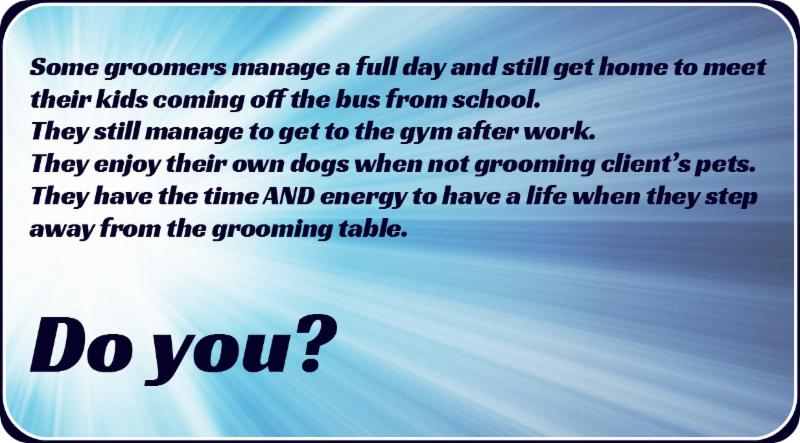 Generally speaking, the faster you can get a dog to the tub, the faster the trim will go. Dogs with six weeks or less coat growth can normally go straight to the tub. With today’s products, shampoos, conditioners, and high velocity dryers, much of the pre-work can be eliminated. Dematting or pre-trimming is a waste of time with six weeks or less trims.
Generally speaking, the faster you can get a dog to the tub, the faster the trim will go. Dogs with six weeks or less coat growth can normally go straight to the tub. With today’s products, shampoos, conditioners, and high velocity dryers, much of the pre-work can be eliminated. Dematting or pre-trimming is a waste of time with six weeks or less trims. We all have different reasons why we love our careers. For most of us, our careers started because we were obsessed with dogs and cats. What a fabulous way to make money – doing something you enjoy. My guess is that many of you not only love animals, they’re also a hobby and a huge part of your lives. I know very few career opportunities that allow pet lovers to work in a field that they truly adore.
We all have different reasons why we love our careers. For most of us, our careers started because we were obsessed with dogs and cats. What a fabulous way to make money – doing something you enjoy. My guess is that many of you not only love animals, they’re also a hobby and a huge part of your lives. I know very few career opportunities that allow pet lovers to work in a field that they truly adore. There’s a big difference between grooming efficiently and grooming fast. Grooming efficiently involves doing a good job. Grooming too fast, in my eyes, translates to sloppy work. When I look at developing a grooming team or training new staff members, I always look for people who have the ability to focus and work efficiently.
There’s a big difference between grooming efficiently and grooming fast. Grooming efficiently involves doing a good job. Grooming too fast, in my eyes, translates to sloppy work. When I look at developing a grooming team or training new staff members, I always look for people who have the ability to focus and work efficiently.
 Some dogs receive clear directions from their owners. They have rules and boundaries at home. This makes them very easy to work with in a professional setting. Other pets will not be well-mannered in a professional setting. The personality quirks we all experience working with pets will vary from dog to dog.
Some dogs receive clear directions from their owners. They have rules and boundaries at home. This makes them very easy to work with in a professional setting. Other pets will not be well-mannered in a professional setting. The personality quirks we all experience working with pets will vary from dog to dog. Here is a collection of basic dog postures we see every day. Every position indicates a different attitude. This is by no means everything you will need to know about “reading” dogs. If you are working professionally with them, this is just the tip of the iceberg.
Here is a collection of basic dog postures we see every day. Every position indicates a different attitude. This is by no means everything you will need to know about “reading” dogs. If you are working professionally with them, this is just the tip of the iceberg.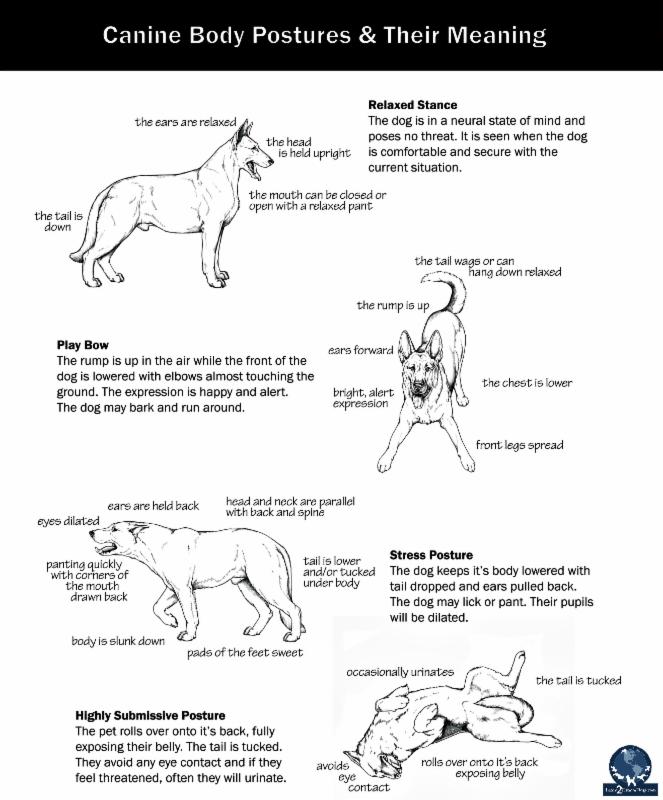
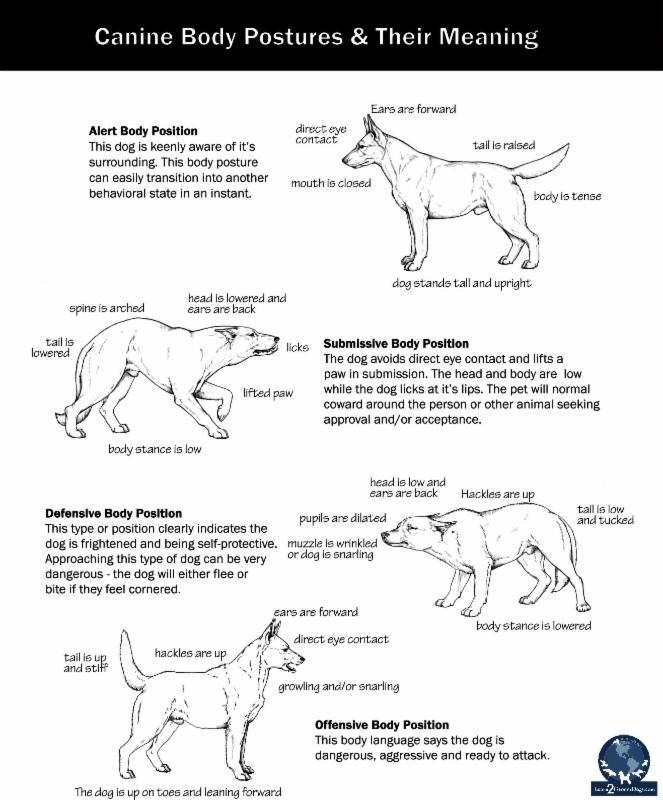
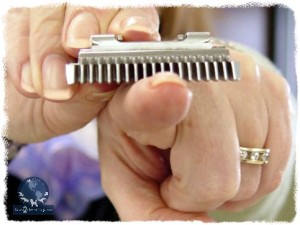

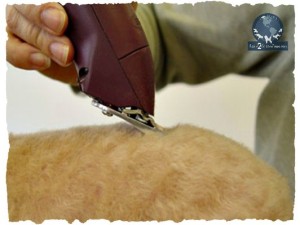


 It has been a long time since the last edition. With the AKC approving new breeds at a breakneck pace, it is nice to have an up-to-date (at least for the moment) reference. The AKC Complete Dog Book is the foundation of all great pet groomers and stylists. In comprehensive grooming schools around the country, it is the groundwork for the curriculum. It is at the root of every grooming competition. It is the foundation of every voluntary grooming certification program.
It has been a long time since the last edition. With the AKC approving new breeds at a breakneck pace, it is nice to have an up-to-date (at least for the moment) reference. The AKC Complete Dog Book is the foundation of all great pet groomers and stylists. In comprehensive grooming schools around the country, it is the groundwork for the curriculum. It is at the root of every grooming competition. It is the foundation of every voluntary grooming certification program.